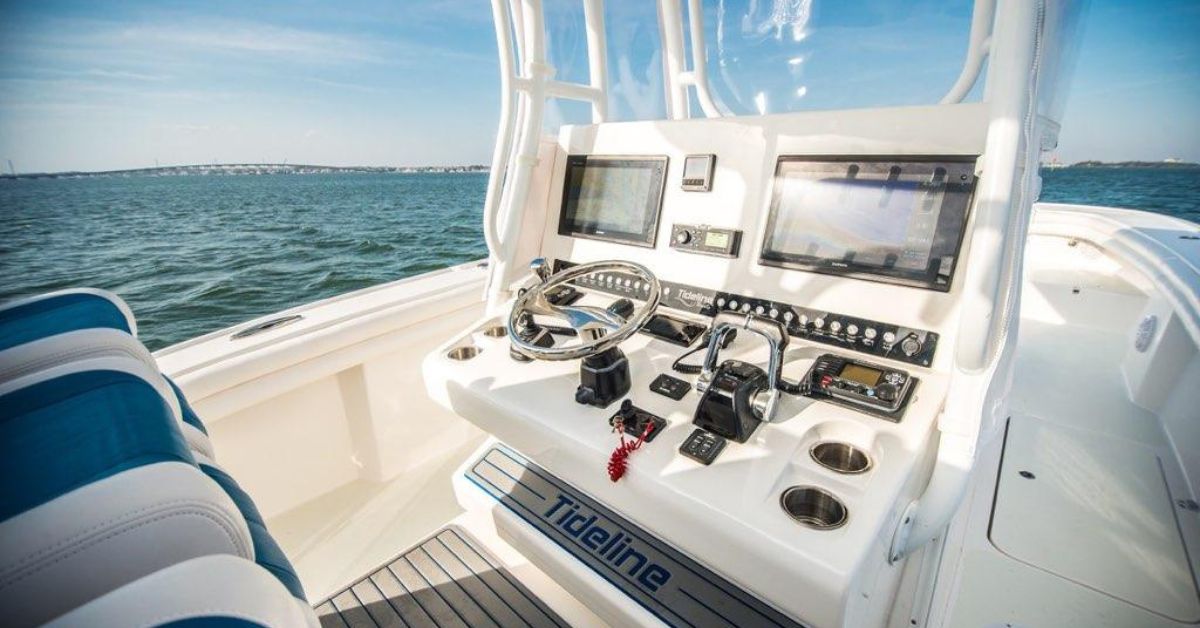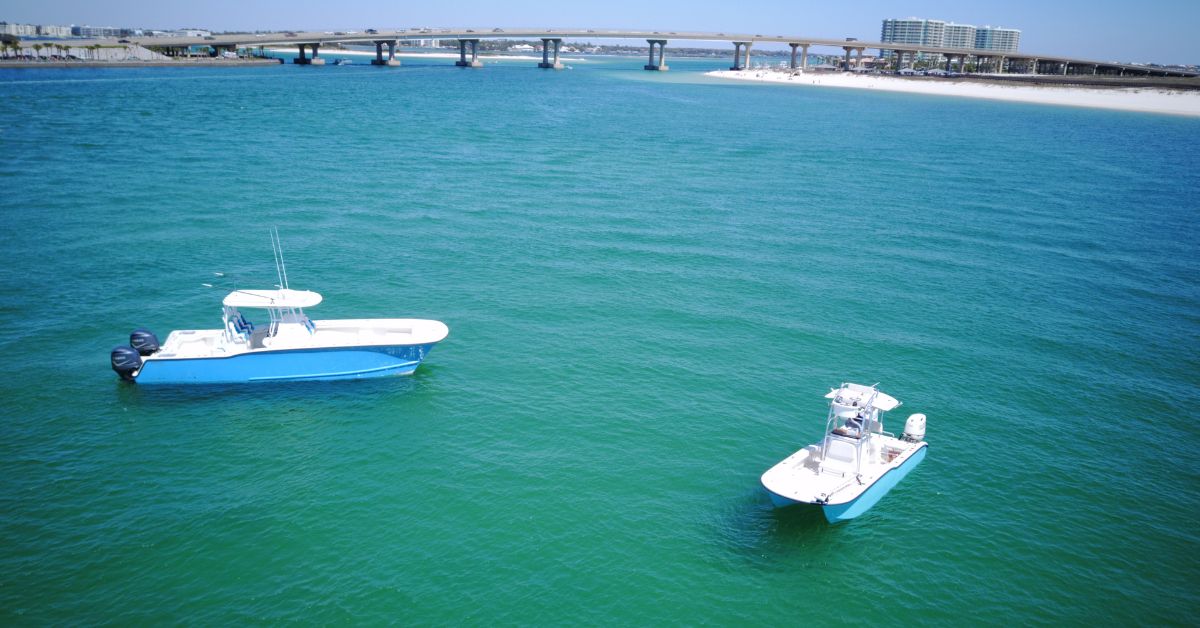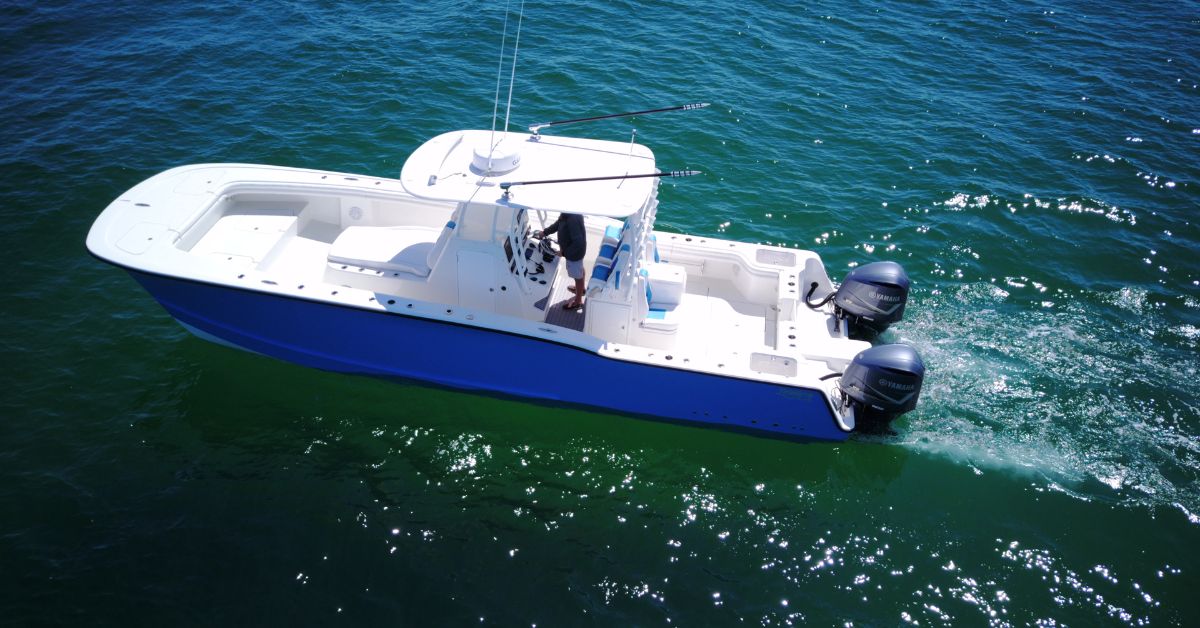Your fishing boat has been a reliable companion; it has carried you to your favorite spots on the lake and has helped create numerous memories. But like all vessels, there comes a time when it reaches the end of its useful life.
A boat beyond its prime can put your safety at risk. Read about the five signs you need to replace your fishing boat.
1. Hull Damage and Persistent Leaks
The hull is the foundation of a boat’s seaworthiness. Over time, hulls can be unsuitable for safe operation when they develop stress fractures, suffer impact damage, or generally deteriorate.
Recognizing Critical Hull Problems
Hairline cracks in fiberglass hulls might seem minor, but they can quickly propagate under stress, especially when encountering rough seas or heavy loads. What starts as a cosmetic issue can rapidly evolve into a structural problem that compromises the entire vessel. The cracks often appear around high-stress areas such as through-hull fittings, the transom, or where the hull meets the deck.
Aluminum hulls face different challenges, primarily corrosion and metal fatigue. Electrolysis can eat away at aluminum, creating weak spots that may not be immediately visible. Once corrosion takes hold, it tends to spread, weakening the hull’s structural integrity and creating potential failure points.
When Leaks Become Deal Breakers
Every boat takes on some water, but persistent leaks that require constant pumping or bailing indicate serious problems. You can repair small leaks, but when you’re dealing with multiple leak sources or leaks that return despite repairs, they may fundamentally compromise the hull’s integrity.
Leaks around the keel, transom, or major structural joints are particularly concerning because they suggest movement or separation in critical areas. These leaks likely indicate that the boat’s structure is flexing beyond its design limits, creating gaps that allow water intrusion.
2. Chronic Engine Problems
Your boat’s engine is crucial to its performance and reliability. As such, frequent failures can significantly impact how well the entire system functions.
Frequent Breakdowns Signal Deeper Issues
Engines that require constant attention, even with regular maintenance, may be approaching the end of their useful life. While occasional repairs are normal, engines that break down repeatedly or fail to start reliably pose safety hazards and fishing trip disappointments.
Modern marine engines provide years of reliable service when properly maintained. If your engine needs frequent repairs or you carry a large toolkit for basic trips, it might be more cost-effective to replace it than to keep fixing it.
Performance and Efficiency Decline
Engines naturally lose power and efficiency over time, but dramatic decreases in performance can indicate worn internal components, compression loss, or other serious mechanical problems. An engine that once pushed your boat to plane easily but now struggles may have significant internal wear.
Fuel consumption also tells a story about engine health. Engines that suddenly require significantly more fuel to achieve the same performance levels often have internal problems that you cannot economically repair. Poor fuel economy increases operating costs and reduces your effective fishing range.

3. Structural Deterioration
The overall structure of your boat extends beyond the hull to include the deck, cabin, and internal framework. When these components begin failing, the boat’s safety and functionality become questionable.
Wood Rot and Decay
Wooden boats and boats with wooden structural components face the constant threat of rot. Soft spots in decks, spongy areas around hardware, or visible decay in structural members indicate that moisture has compromised the wood’s integrity.
Rot typically spreads once it takes hold, making isolated repairs temporary solutions at best. When structural wood components show signs of decay, the affected areas extend far beyond what’s visible on the surface. Extensive reconstruction can exceed the boat’s value.
Corrosion and Metal Fatigue
Metal components throughout your boat face constant exposure to salt water, spray, and humidity. Stainless-steel hardware can develop crevice corrosion, aluminum structures can suffer from electrolysis, and steel components may rust away entirely.
Corroded through-hull fittings, deteriorated engine mounts, or weakened steering systems create immediate safety hazards. When multiple metal components show corrosion, it typically indicates systemic problems with the boat’s electrical system or inadequate corrosion protection.
4. Outdated Technology and Safety Features
Fishing technology advances rapidly. Boats lacking modern safety and navigation equipment can put you at a significant disadvantage both in terms of fishing success and safety.
Navigation and Communication Deficiencies
Modern fishing relies heavily on GPS, fish finders, radar, and communication equipment. Boats without these systems, or those with outdated versions that you can’t upgrade, limit your fishing effectiveness and safety options.
Emergency communication capabilities have become essential safety equipment. Boats that can’t accommodate very high frequency (VHF) radios, emergency position-indicating radio beacons (EPIRBs), or satellite communication devices may not meet current safety standards for offshore fishing.
System Inefficiencies
Older boats commonly lack the electrical capacity to support advanced electronics, lighting, and safety equipment. Inadequate charging systems, outdated wiring, or insufficient battery capacity can limit your ability to safely operate the boat for extended periods.
Plumbing systems in older boats may not accommodate modern washdown pumps or sanitation equipment that improve fishing comfort and success. Each of these technological limitations can negatively affect the fishing experience and the boat’s practical utility.

5. Escalating Repair Costs
The most compelling argument for replacement comes when repair costs exceed the boat’s value. It’s also worth considering replacement if repairs approach the cost of a newer vessel.
The Financial Tipping Point
When annual repair costs consistently exceed between 15 and 20 percent of the boat’s current market value, replacement becomes the more economical choice. The calculation should include major repairs and the cumulative cost of constant minor fixes and maintenance.
Emergency repairs often cost significantly more than planned maintenance, both in terms of parts and labor. When you find yourself frequently paying premium prices for urgent repairs, the total cost of ownership may justify investing in a newer, more reliable vessel.
Hidden Costs and Opportunity Losses
Beyond direct repair costs, older boats often impose hidden expenses through reduced fuel efficiency, higher insurance premiums, and lost fishing opportunities due to breakdowns. Indirect costs can substantially increase the true cost of keeping an aging vessel.
Make the Smart Choice for a Safe, Fun-Filled Fishing Future
Recognizing the signs you need to replace your fishing boat early allows you to make a planned replacement decision rather than an emergency purchase after a catastrophic failure. A proactive approach gives you time to research options, secure financing, and potentially recoup some value from your current vessel.
When the time comes to replace your fishing boat, consider working with experienced boat builders who understand the specific demands of serious anglers. Tideline Boats specializes in creating custom fishing boats tailored to individual needs and fishing styles. Our custom center console boats combine modern technology, proven designs, and quality construction to provide the reliability and performance that serious anglers demand. Contact us today to start building the boat of your dreams!


